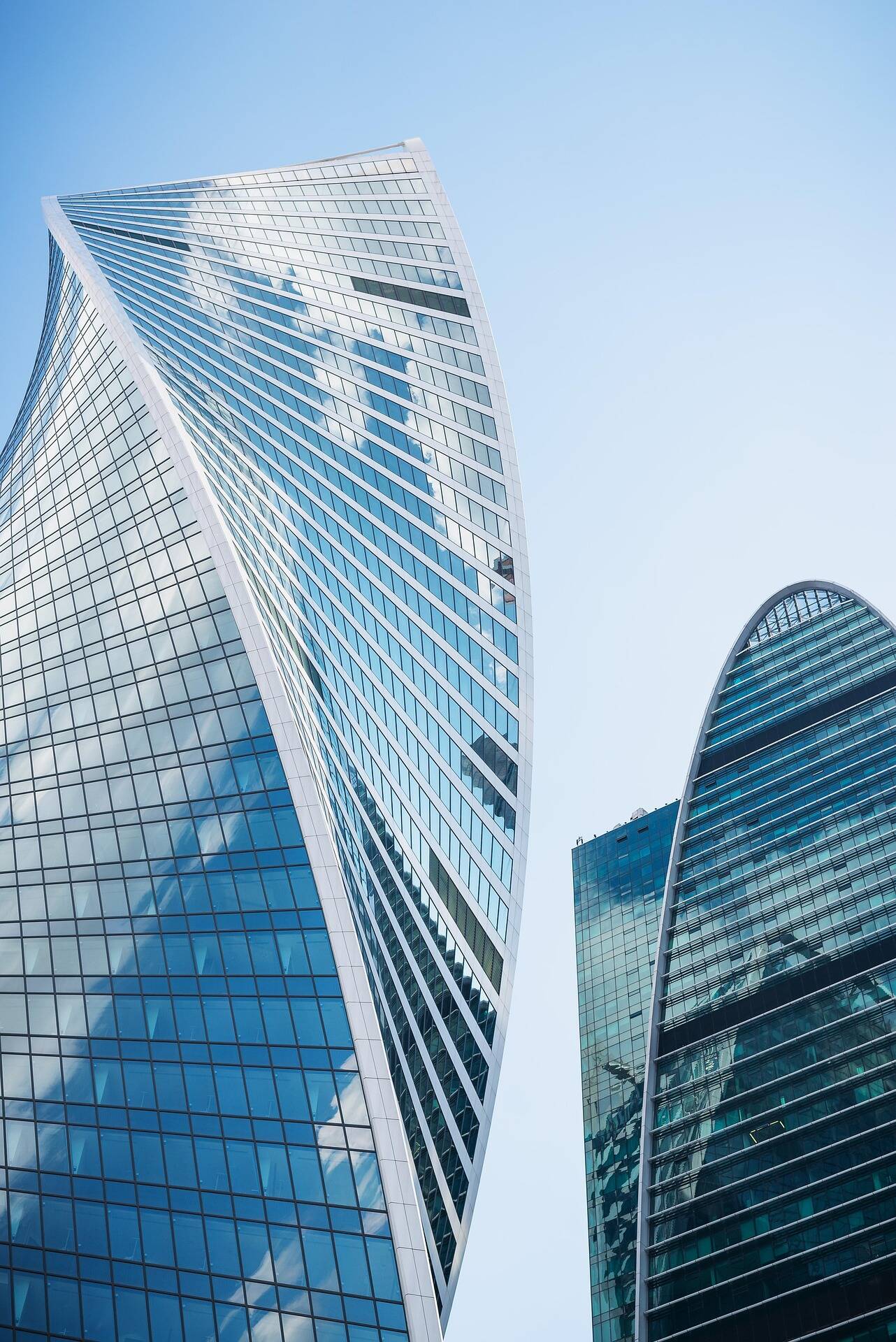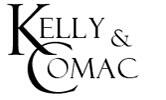Should you revoke your 20-year-old option?
Your business has let out a building to a tenant and it is now just over 20 years since you opted to tax the property with HMRC. Should you revoke it so that your tenant no longer needs to pay VAT?

Option to tax - the basics
When you opt to tax a building with HMRC, the income you earn from that building will be subject to 20% VAT, including rental income and the selling proceeds. You can then claim input tax on your related costs, e.g. the purchase of the building plus any repair, refurbishment or capital improvement works. In most cases, your tenants will claim input tax on their own returns, so the VAT is not a cost to their business.
The exception to charging VAT is if any part of your building is residential, such as a ground floor shop and first floor flat, because the rental income or selling proceeds from these parts are still exempt; the option to tax election is overridden.
Revoking your election
Once your election has been in place for 20 years, you can revoke it by completing Form VAT1614J and submitting it online to HMRC. All income you earn from the building thereafter will be exempt from VAT.
However, in most cases, it will be sensible for you to not revoke your election until commercial circumstances make it worthwhile.
Example. Marie owns a retail shop and opted to tax the building on 1 July 2005; she rents it out to a florist that is registered for VAT and can fully claim input tax. She plans to refurbish the building in January 2026 at a cost of £100,000 plus VAT. There are no benefits in revoking her election on 1 July 2025 with the 20-year opportunity, otherwise she would have to make a new election on 1 January 2026 to claim £20,000 input tax on the refurbishment costs. This would commit her to a “plus VAT” situation for 20 years until 1 January 2046.
The relevant date with the 20-year opportunity is the date that your option to tax election with HMRC took effect, not the earlier date when you purchased the building.
Stamp duty land tax (SDLT)
If you sell your building, there is a benefit in revoking your election before the sale even if your buyer can claim input tax. This is because there is a tax saving with SDLT which is charged on the VAT-inclusive price of a sale. For example, if you sell your property for £4m plus VAT, the £800,000 VAT charge will increase the buyer’s SDLT bill by £40,000, i.e. based on a rate of 5%.
The VAT that you charge will also create a cash-flow challenge for your buyer, i.e. the time interval between paying you 20% VAT on the completion date and claiming input tax on their next return.
If your sale is exempt, you cannot claim input tax on your sale costs, e.g. as estate agency commission and legal fees, because of partial exemption issues. The exception is if the input tax calculations are kind and your business qualifies as partially exempt de minimis for the tax year in question.
Related Topics
-
HMRC checks directors’ loans are paid up
HMRC is writing to agents to check corporation tax returns for previous years are correct as it used to be possible to add a future date for an anticipated loan repayment. What’s the issue and what should you do if your advisor receives a letter?
-
Working from home tax relief scrapped in Budget
Employees who are required to work from home are currently able to claim tax relief at a flat rate of £6 per week. That's changing from 6 April 2026. What's the full story?
-
Government quietly confirms change to key tax deduction
The headlines for individuals at last week's Budget were all about the income tax hikes. But the small print contained confirmation of another important change. What’s the full story?

 This website uses both its own and third-party cookies to analyze our services and navigation on our website in order to improve its contents (analytical purposes: measure visits and sources of web traffic). The legal basis is the consent of the user, except in the case of basic cookies, which are essential to navigate this website.
This website uses both its own and third-party cookies to analyze our services and navigation on our website in order to improve its contents (analytical purposes: measure visits and sources of web traffic). The legal basis is the consent of the user, except in the case of basic cookies, which are essential to navigate this website.